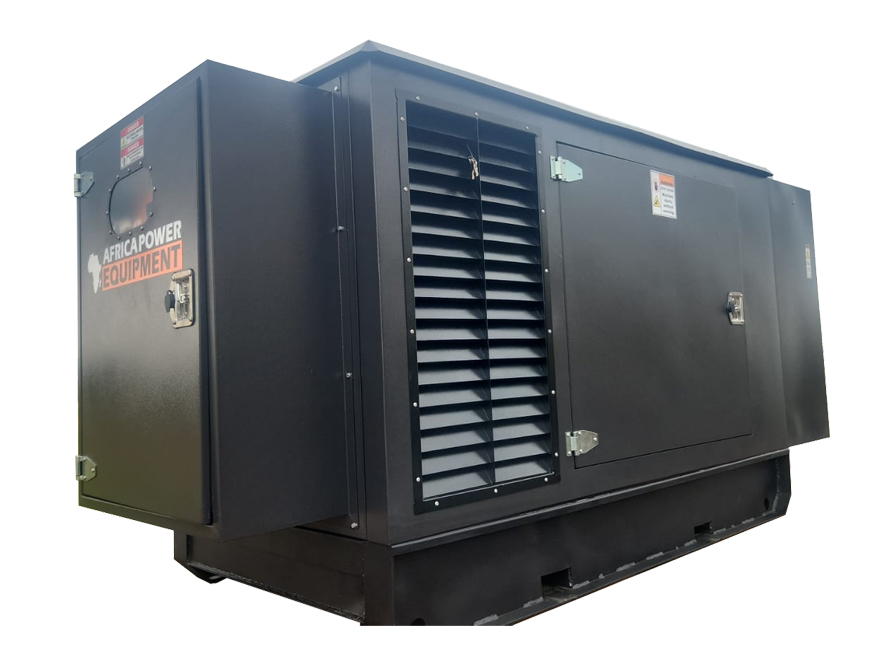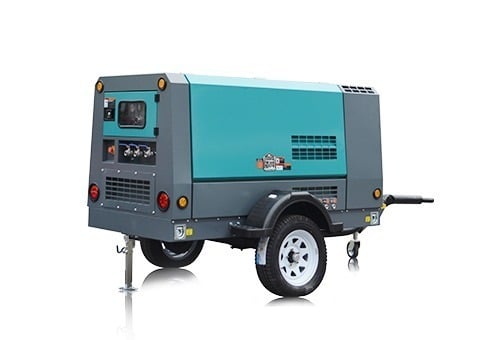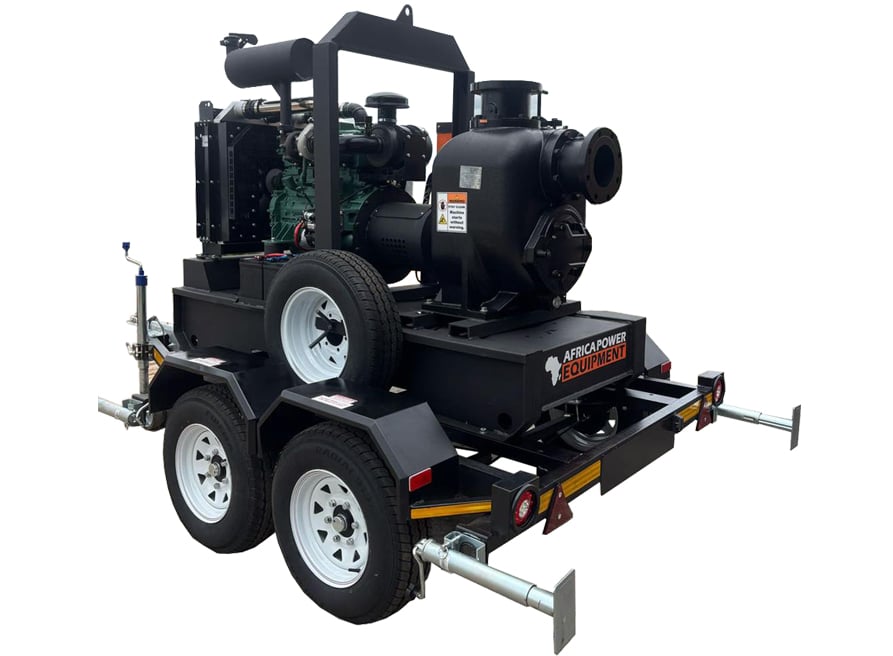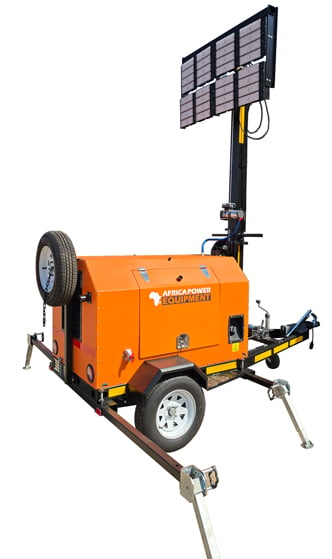How to Properly Prime a Centrifugal Water Pump: Step-by-Step Guide
Centrifugal pumps are widely used in agriculture, homes, and industry for their efficiency and simplicity. However, before they can operate correctly, they must be primed. Failing to prime the pump properly can lead to airlocks, dry runs, and even permanent damage to the motor.
In this guide, we’ll explain why priming is essential, how to do it correctly, and tips to avoid common mistakes.
🔍 What Does Priming a Pump Mean?
Priming a centrifugal pump means filling the pump and suction line with water to remove all air. Since centrifugal pumps rely on suction created by the spinning impeller, any air in the system disrupts the vacuum and prevents the pump from lifting water.
🚱 Why Is Priming Necessary?
Centrifugal pumps are not self-priming unless specifically designed to be. Air in the suction line causes:
-
Loss of suction
-
Dry running, which can overheat or damage seals
-
Reduced performance or failure to start pumping
If the pump is above the water source (e.g., a surface pump drawing from a well or tank), manual priming is critical before each use—especially if a non-return valve is not fitted.
🛠 Tools and Equipment Needed
Before you begin, have the following ready:
-
A bucket or hose with clean water
-
Screwdriver or wrench (to open the priming plug)
-
Pipe wrench (if needed to check pipe fittings)
-
Safety gloves and eye protection
✅ Step-by-Step Guide to Priming a Centrifugal Pump
Step 1: Turn Off Power
Before handling the pump, disconnect it from power to avoid accidents.
Step 2: Locate the Priming Plug
Find the priming plug or port on top of the pump housing. This is where you’ll pour water into the system.
Step 3: Check for Leaks and Obstructions
Inspect the suction line, fittings, and foot valve for cracks, leaks, or clogs that could cause air to enter the system.
Step 4: Fill the Pump with Water
Use a bucket or hose to pour clean water into the priming port until the pump casing and suction line are full. This could take several liters depending on the setup.
TIP: Some pumps have a clear priming cap so you can see the water level rising.
Step 5: Seal the Priming Port
Once full, tightly close the priming plug. Ensure it’s sealed to prevent air from entering when the pump starts.
Step 6: Start the Pump
Reconnect the power and switch on the pump. It should begin pumping water within a few seconds. If not:
-
Repeat the priming process
-
Check for air leaks or blockages
-
Ensure the foot valve is functional
⚠️ Common Priming Mistakes to Avoid
| Mistake | Problem It Causes |
|---|---|
| Not filling the suction pipe fully | Loss of vacuum, pump won’t draw water |
| Loose pipe fittings | Air enters system, causing airlocks |
| Skipping foot valve | Water drains back into the source, requiring re-priming every time |
| Using dirty water | Can clog impeller or damage seals |
🧠 Self-Priming Pumps vs. Standard Centrifugal Pumps
If you find yourself priming often, consider a self-priming pump. These are designed with a reservoir that retains water to assist in future startups.
| Type | Needs Priming? | Use Case |
|---|---|---|
| Standard Centrifugal | Yes | Boreholes, irrigation, pools |
| Self-Priming | Usually no (after first prime) | Home water systems, sumps, rainwater tanks |
🧰 Tips for Easier Priming
-
Install a foot valve at the end of the suction pipe to keep water in the system
-
Use a check valve to prevent water backflow
-
Add a vacuum or priming pump for larger systems
-
Elevate your water source slightly if possible, for gravity assist
🔗 Internal Linking Opportunities
Need a reliable water pump or priming accessories?
👉 Browse centrifugal and self-priming pumps at www.PowerEquipment.co.za





